Participatory Practice
“Great art is that which springs from necessity…”
Rainer Maria Rilke
How does art seed that which, in us and in the world today, is considered a necessity?
Living at a time of great social and ecological challenge, it is both daunting and exhilarating to be an artist and agent of change in the shift to a more ecological age: a sixth mass extinction is ongoing; our oceans acidify; our planet warms; inequalities rise and Earth’s abundant biodiversity is being lost.
At Encounters, we constantly question what art practice is needed for these times?
We know in our bones artists play a necessary role in nurturing conditions for a world in which all learn to flourish, living together within the Earth’s ecological limits. Day to day, we are at a learning edge about what this role can be.
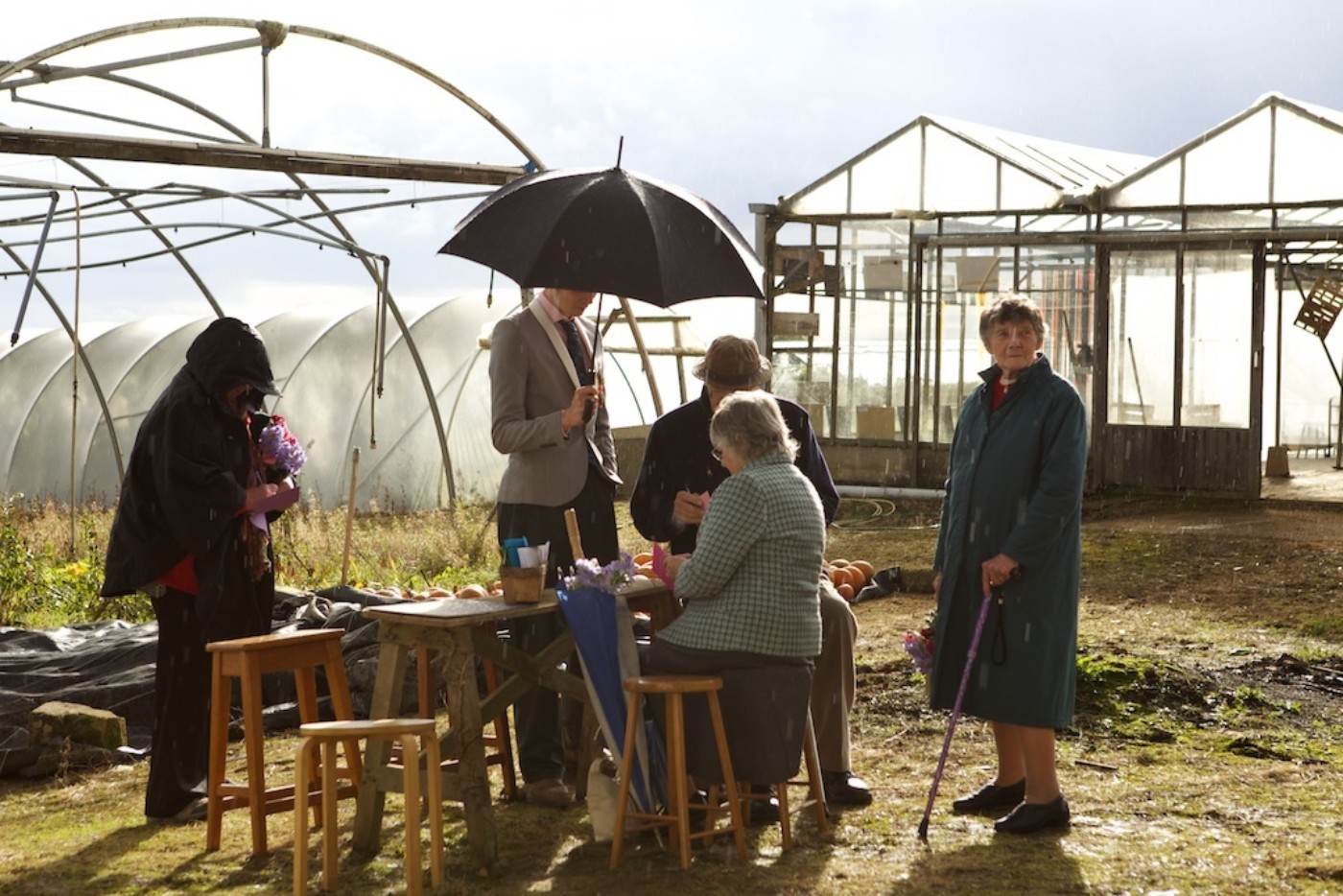
The ‘necessity’, we sense, is to create connection between ourselves, others and the natural world. We trust such connection allows the the beauty, wonder and dynamics of the natural world to be better felt and understood as a complex ecosystem that, in turn, inspires awe in us; that we learn from and can belong to. We see such connection as an awareness of our ecological selves - the knowledge we are linked to all other beings in the wider biotic community and web of life.
Little of the work we make with people falls into conventional categories of ‘dance’, ‘music’ or ‘visual arts’- though these elements are often all included. It can be found in theatres, galleries and museums, but is just as likely to be found on high streets, cliff tops, newly planted orchards, hospitals, community halls, on shorelines and river estuaries. It emerges in the spaces in between people and place and as a result is not always easy to describe and name. It is grounded in human relations and their social and ecological context and has a central role for collaboration and builds on earlier traditions.
Over 50 years ago, the German artist Joseph Beuys described working with the imagination to bring about social and ecological change, as ‘social sculpture’, stating society as a whole could be regarded as a great work of art to which each and every person contributed creatively. ‘Jeder Mann Ein Kunstler’ - every man and woman an artist.
Poet and artist, John Fox, refers to ‘vernacular art’, where the artist is seen as:
“a facilitator, fixer, celebrant, stage manager, visionary, linking past and future, a shamanic poet….the holder of what used to be called spiritual energy”
This kind of artist he says “would acknowledge the artist in us all and offer testament to the innate creativity recurring in every generation and every community where the intuitive is given freedom. Where regeneration is of the soul and not of economics. Where a holistic way of being is given credence and where making art is a daily experience”.
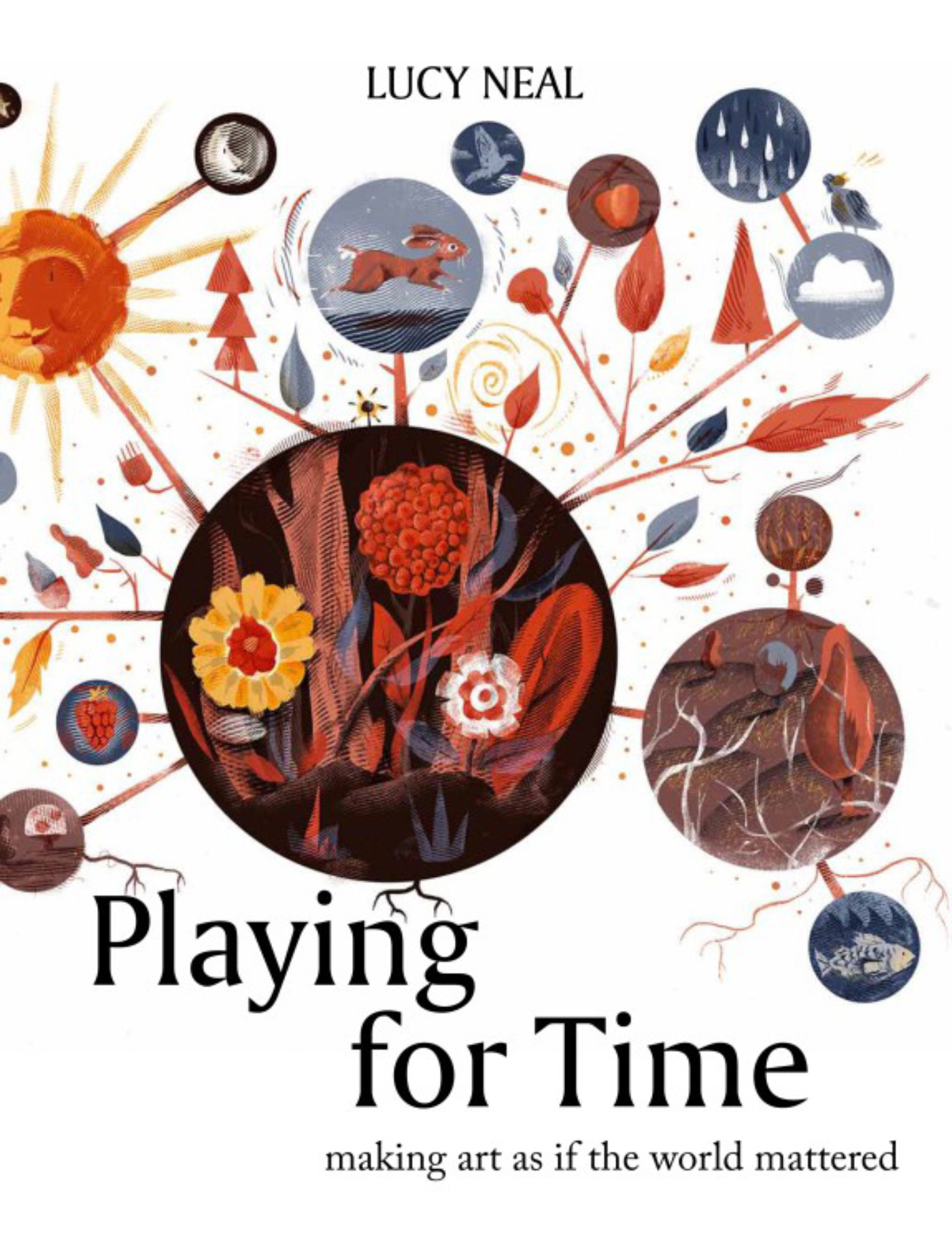
In her book Playing for Time - Making Art As If The World Mattered, Encounters Associate Lucy Neal describes an emergent ‘transitional arts practice’ familiar to anyone rooted in traditions of ‘relational’; ‘socially and ecologically engaged’ art. Along with 60 artists and activists, a creative transition is explored from an industrial growth society to a life sustaining society. Aesthetic vision and social engagement are equally important and often what is created between people is the art. Worlds emerge not from a single author, but from the breadth and depth of many people’s perspectives and experiences. The wider and deeper the engagement, the more validating and transformative the work proves to be.
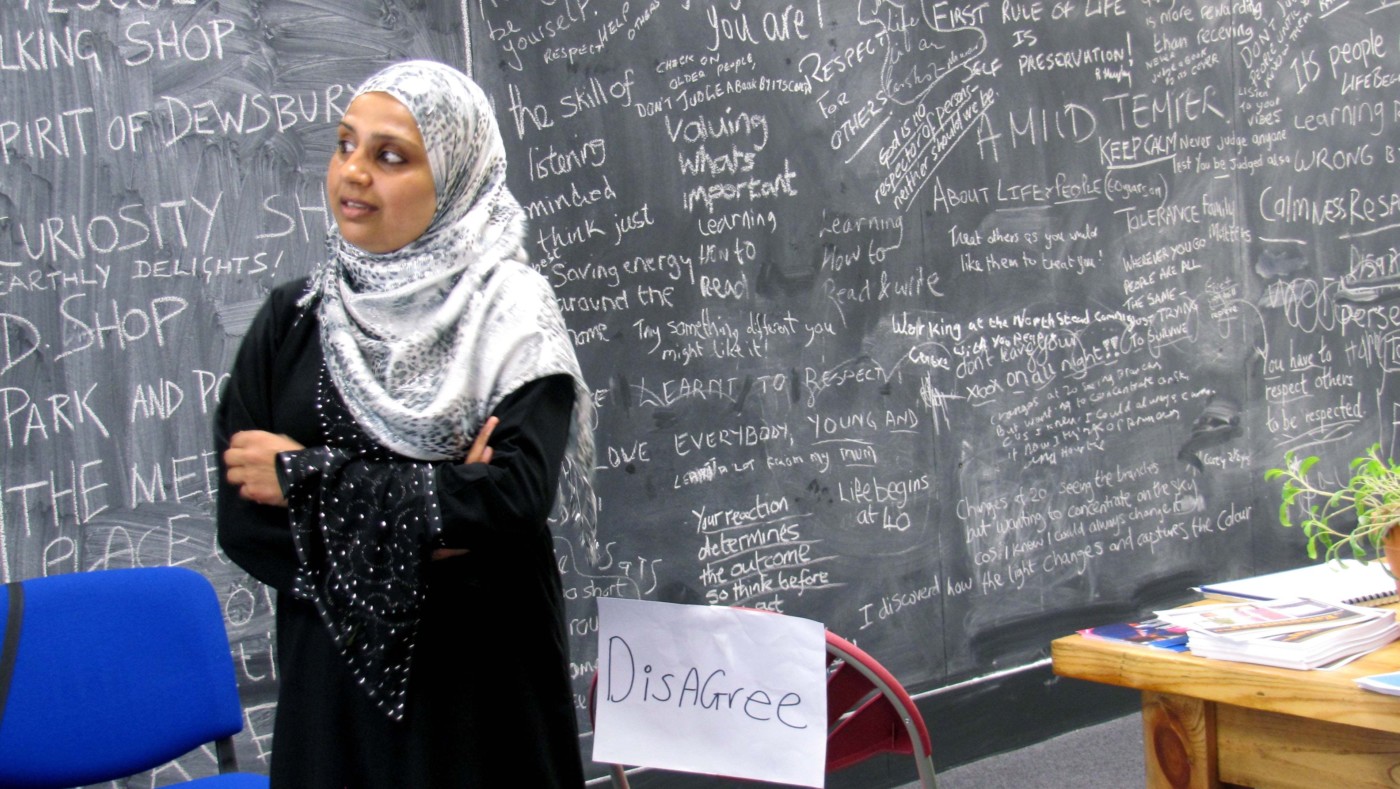
Francois Materasso’s 1997 paper Use or Ornament - The Social Impact of Participation in the Arts describes the dynamics of a participatory art, emerging between people and place, rather than being produced and consumed. His paper remains as seminal today as it was when first written.
Whatever you call it, the practice sets a new era for the arts and what writer Suzi Gablik calls the ‘re-enchanting' of our culture, where personal and collective creativity connect to social, moral, ethical and ecological responsibilities: not a responsibility for everything in the world all at once, but one that is different, specific and practical for each one of us. An art, Gablik says that is ‘in the service of life.’
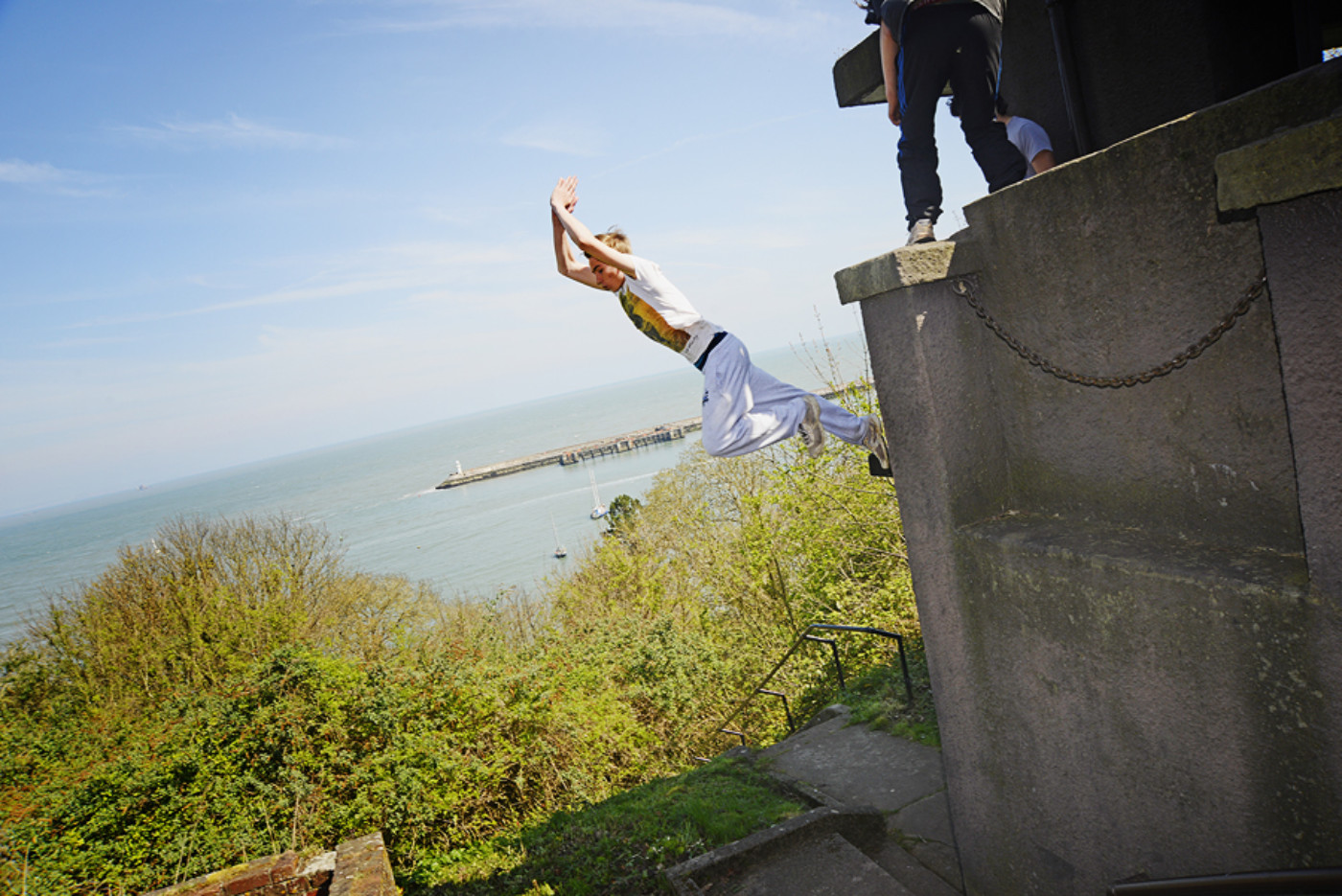
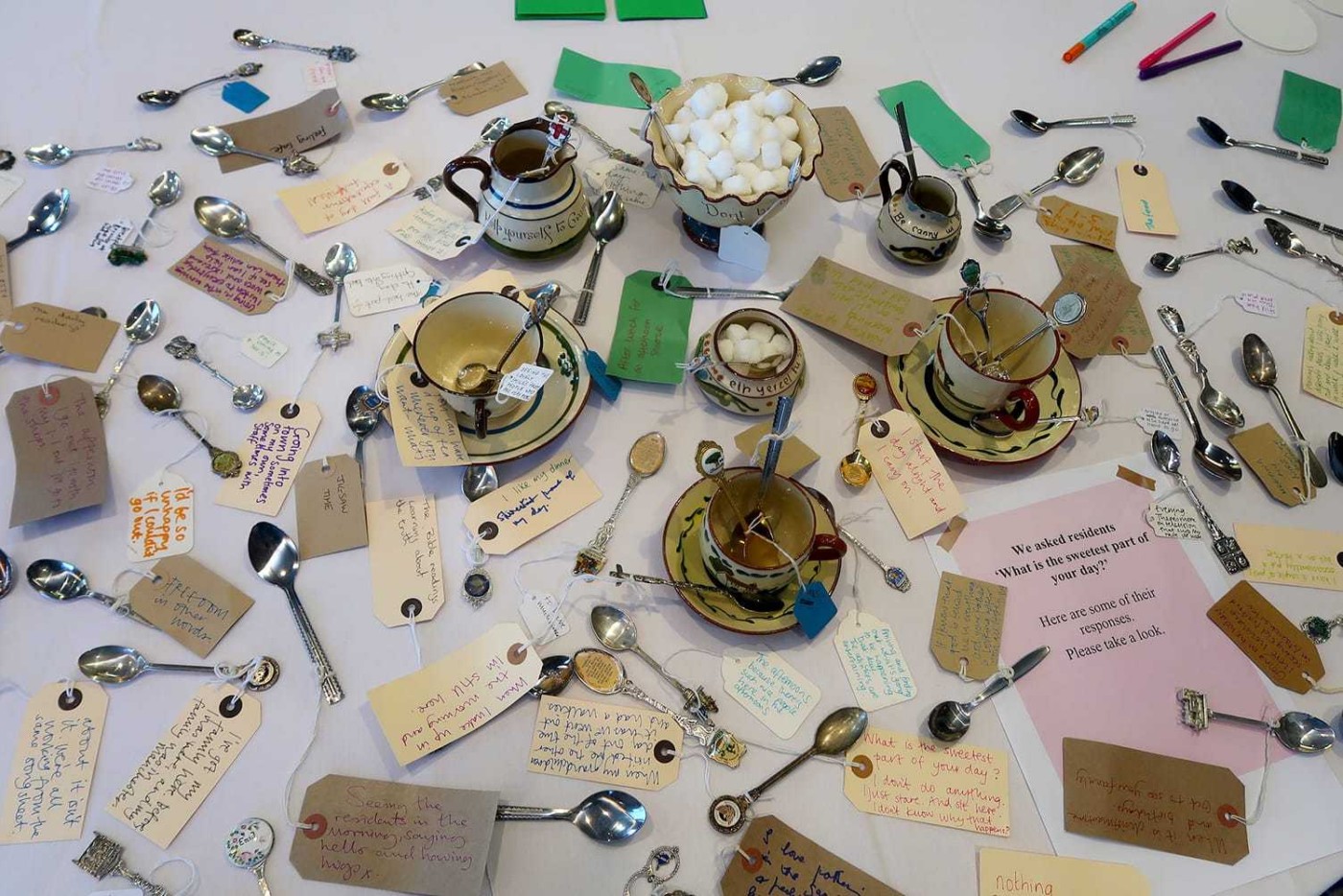
Drawing on patterns of belonging, kindness, community resilience, stewardship, reskilling, alternatives to ‘limitless’ growth, the arts can energise people’s capacities for action, activate skills and transform capabilities. When science on its own cannot play the role of interpreting the ecological challenges we face, or questioning the values that underpin the need for change, the arts have the ability to intervene in the status quo and engage people collectively at an imaginative level. We see that artists create ‘liminal space’, where new possibilities open up and anything becomes possible. As ‘circuit breakers’ we can speed up a public process of seeing and feeling a ‘truth’ of current ecological challenges.
We’re proud of being part of a widespread arts and cultural movement afoot in the UK and internationally to explore the powerful role the creative arts play in nurturing societal reinvention and the restoration of ecosystems, and of our planet-destroying food growing, legal and financial systems.
Along with organisations such as Platform London, Cape Farewell, Julie’s Bicycle, Tipping Point, Artsadmin, Emergence, the Happy Museum and Creative Carbon Scotland, Encounters plays a role in creating a step change in recognising the role the arts community plays in re-imagining a more viable future on the planet, shifting society’s rules and values from consumerism and commodity towards community and collaboration.
In 2018, The Season for Change sees 150 UK arts organisations joining together nationally to programme events, conversations and performances, highlighting responses and inspiring creative actions on climate change. Encounters’ Walking Forest has recently been awarded a major commission from the Season for Change.
We wish to raise the profile of participatory artists as space holders, bridge builders and catalysers of change across sectors and in the public realm. We want to create greater visibility for this emerging - and necessary - practice ‘in the service of life’.
Let it play a role in what Glenn Albrecht calls the Symbiocene, the geological age to follow the Anthropocene, (in which human actions have an impact on planetary systems): an age of companionship with Earth, affirming the interconnectedness of life and all living things.